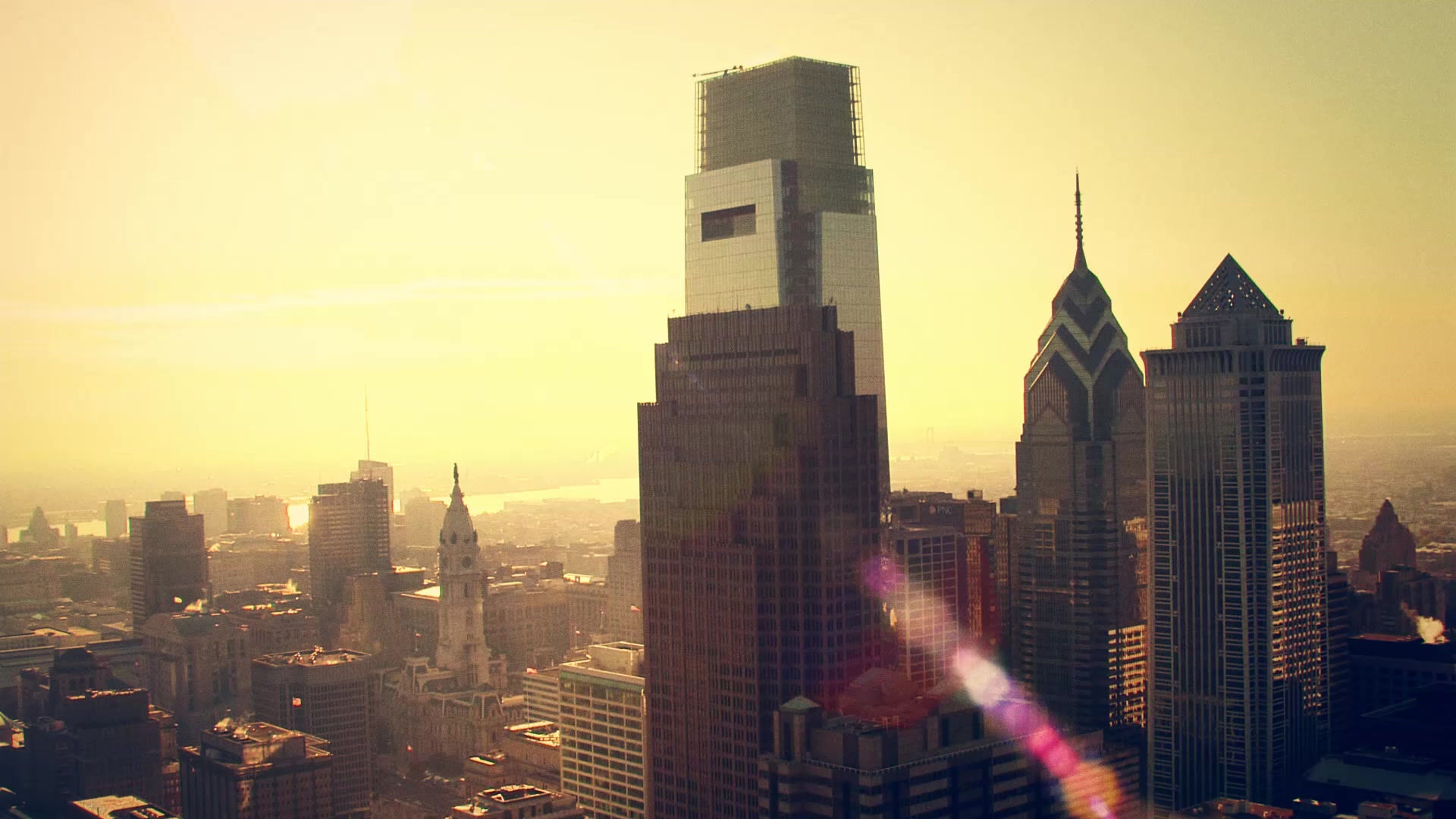

WE'RE MEMBERS OF:

MINDALAE MUSEUM
The Mindalae Museum exhibits a large collection of traditional crafts of various indigenous groups, Afro-Ecuadorian and montubios of the country.
Considered as Ethno historical Craft Museum, the Museum Mindalae was created and managed by Sinchi Sacha Foundation which works in areas of responsible tourism, fair trade crafts and small producers training.
The name comes from the word used to call the pre-Hispanic businessman in what now is Ecuador. Mindala was the person who established trade relations between the Tianguez, markets of that time.
At the entrance you can see a large rock that was ejected by the Pichincha volcano on one of its explosions. Inside, the museum is divided into different sections, one for each floor. Thus we have a solar calendar on the first floor; a temporary exhibit on the next floor; a section of tree-plants and forest ecosystems on the third floor; another exhibit of textiles and ceramics on the fourth; and fifth floor is dedicated to the worldview.
The Mindalae Museum exhibits a large collection of traditional crafts of various indigenous groups, Afro-Ecuadorian and montubios of the country.
Considered as Ethno historical Craft Museum, the Museum Mindalae was created and managed by Sinchi Sacha Foundation which works in areas of responsible tourism, fair trade crafts and small producers training.
The name comes from the word used to call the pre-Hispanic businessman in what now is Ecuador. Mindala was the person who established trade relations between the Tianguez, markets of that time.
At the entrance you can see a large rock that was ejected by the Pichincha volcano on one of its explosions. Inside, the museum is divided into different sections, one for each floor. Thus we have a solar calendar on the first floor; a temporary exhibit on the next floor; a section of tree-plants and forest ecosystems on the third floor; another exhibit of textiles and ceramics on the fourth; and fifth floor is dedicated to the worldview.
----------------------------------------------------------------------------
MUSEO DE LA CIUDAD - QUITO MUSEUM

The “museo de la ciudad” is a space where Quito daily history converges, since its first settlements until the late nineteenth century
The Museum is located in what was the Hospital San Juan de Dios more than 30 years ago. In time of Conquest was the “Real Hospital de la Misericordia de Nuestro Señor Jesucristo”, founded in 1565 by the order of King Philip II of Spain. It’s said that in these times the Museum of the City was the place where the oldest civil institution of the capital was built. But to say this would deprive the adjective "civil" to buildings that the Incas built in Quito, and to deny that the pre Hispanic cultures were "civilized."
The museum has a chronological tour divided into different rooms that are on exhibit. Starting at the Quito Chamber that shows how different prehistoric people lived and carried out their daily tasks in the territory of the current city.
Then come the sixteenth century hall which exposes the dramatic change that this land suffered with the Spanish Conquest. The violent time finished with the imposition of one culture over another, the conquerors on the conquered and the legitimization of more subtle forms of violence: verbal, ethnical, and symbolic.
The tour will continue with the seventeenth, which consolidates the new order. The eighteenth century reveals several symptoms of discontent with the status quo, being the best known exponent Eugenio Espejo, and finally the nineteenth century where the “Criollo” class will break with the proclamation of independence and where they begin to establish the Republic under French influence.
----------------------------------------------------------------------------
Yaku means "water" in Kichwa, indigenous ancestral language. This museum aim is to educate and raise awareness about water use and management.
Yaku, Water Park and Museum in Quito is a place that seek for the visitor’s education about the importance of the resource and collective heritage that water is. In addition to be a fundamental element of nature is non-renewable source of life; has a historical and mythical load, and is fundamental and absolutely important for humanity.
This museum-park offers three permanent exhibitions, which are not only educational but also interactive and recreational activities. The first exhibit is called "Agua Viva" and teaches about the different natural and chemical characteristics of water, the second is called "Agua que crea" and explains the biological significance of this liquid to the creation and existence of life, and the third called "Nuestra agua" which demonstrates the relationship between water and humans.
Furthermore is the museum in situ that shows the old dump tanks and water purification of the year 1913. Another exhibit is called "Agua llega a mi casa," which shows the entire process of collection, purification, distribution and disposal of water with emphasis on the responsibility that citizens have with this resource.
One of its most attractive exhibits is the Bubble Room, Cuarto de Burbujas, where fun and interactive demonstrate physical and chemical properties of water enveloping the participant in creating giant soap bubbles, walls bubbles, even you have the opportunity to enclose a participant into a bubble.
YAKU: WATER PARK AND MUSEUM

----------------------------------------------------------------------------
QUITO NUMISMATIC MUSEUM

Quito Numismatic Museum offers to all visitors the history of the several forms of trade and commercial exchange that existed in Ecuador.
The Numismatic Museum of Quito begins its exhibit putting on show the ancestral forms of commercial exchange that the various cultures that inhabited the present territory of Ecuador had. Then come the arrival of the Spanish and this would entail the establishment of a Spanish system as standard trade interchange throughout the American area invaded by the Spanish.
This system was based on the exchange of possessions by a certain amount of weight of precious metal, that’s how in most Latin American countries was used the term "weight" as a monetary measure. As a result was formed in Quito the "Casa de Fundición y Rescate" at the beginning of colonization, where all precious found metals were melted.
After Independence we begin to adopt a new monetary system:”el peso ecuatoriano”. This coin was in effect only from 1833 to 1884, year in wich, with the new Constitution, was created the Sucre.
----------------------------------------------------------------------------

The Man’s Chapel, Capilla del hombre, is an emblematic tribute work conceived by the famous Ecuadorian painter Oswaldo Guayasamín.
La Capilla del hombre can be described as an architectural and artistic work dedicated to Latin American people over time. The Man’s Chapel began as a tribute, eventually becoming the current cultural complex which houses archaeological and artistic collections of Ecuador.
This large complex began as the Casa Taller Guayasamín, home and workplace of the painter. It has a section that displays some of the archaeological artifacts, colonial art and contemporary art collected throughout his life. The other areas of the studio- house are going to open to show to the public the different spaces in which the master Guayasamín lived and worked.
In 1985 Guayasamín conceived the idea of La Capilla del Hombre. Three years later he receives financial support from UNESCO, which described the project as "the largest cultural significance project in the region." Thus, UNESCO declared it as a priority project for culture.
La Capilla del Hombre is a symbolic building that wants to evoke the cult of humanity through the exhibition of the most outstanding paintings of the master (more than thousand), several specifically created for this purpose, others belonging to his most famous series like: " La lucha del indio” (The Indian Struggle,) "La Edad del Llanto" (The Age of Tears), "La Edad de la ira" (The Age of Wrath) and "La Edad de la Ternura"( The Age of Tenderness) " On the ground floor lies the Eternal Flame: fire located in the middle of a large metal plate symbolizing the eternal prayer for peace and human rights.
GUAYASAMIN MUSEUM - CAPILLA DEL HOMBRE
----------------------------------------------------------------------------
MANUELA SAENZ MUSEUM
Manuela Saenz Museum, located in Quito, seeks for the rescue of a forgotten, lost and underestimated side in the history of Independence of the Spanish in what now is the Ecuadorian territory
This is the side of an important person, not only for the Liberator Simón Bolívar but also for the Independence of Latin America: Manuela Saenz, also known as "Libertadora del Libertador", the liberator of the liberator .
Manuela Sáenz was born in Quito. She was a political activist, the first that can be considered feminists, the latter taking into account the historical context in which he lived. When Bolivar arrived in Quito they met, struck up a loving relationship and since then Manuelita became the partner of Bolivar. She participated in all political activities during the independence. Also she took part in various struggles for independence, with outstanding participation, especially in the famous Battle of Pichincha.
The museum is located in an old mansion in the downtown of Quito. It has three floors with 11 different areas of exhibitions, where are displayed art, books, weapons and personal belongings of this remarkable woman, Simon Bolivar and Antonio Jose de Sucre. It also shows the letters between the two Liberators: Manuela Saenz and Simón Bolivar.
----------------------------------------------------------------------------
CENTRAL BANK MUSEUM IN QUITO
The “Museo Del Banco Central del Ecuador” has the richest and most complete permanent exhibition of the intricate, diverse and unfinished Ecuadorian identity.
The Museum has a complete tour, beginning with remains of the first inhabitants of what now is the Ecuadorian country until modern and contemporary paintings.
In the opening sections are exhibited archaeological pre-Inca cultures: basic tools made of stone and obsidian that eventually were replaced by more sophisticated tools of stone and ceramics. From this period are exhibited elaborate pieces of ceramics. They are expressions of the past that come to live in sculptures, masks and ritual tools that tell us about their way of thinking, of considering the world and life. Similarly, are exhibited the different Incas artifacts. These remains are the expression of a past that lies dormant, almost forgotten, but not lost, in current Ecuador.
Spanish conquest started, with it came the establishment of the colony. This stage is reflected in the tour of the museum and leads to the next display, La Escuela Quiteña, the Quito art’s School. This time was of great artistic production, creating a syncretism between the Spanish Catholicism and the indigenous myth. Numerous paintings and sculptures of Jesus, virgin and saints occupy this part of the exhibit.
----------------------------------------------------------------------------
SUCRE'S HOME - MUSEUM
Sucre’s Home in Quito was the residence of Marshal Antonio Jose de Sucre, who led the last battle against the Spanish Empire in the Pichincha volcano on May 24, 1822.
This house and museum has on display various sections among which are the weapons room, clothing room, the chapel, kitchen, desk, bedroom, etc. The second floor has been remodeled so that it reflects how was when the Marshall Sucre still alive.
----------------------------------------------------------------------------




